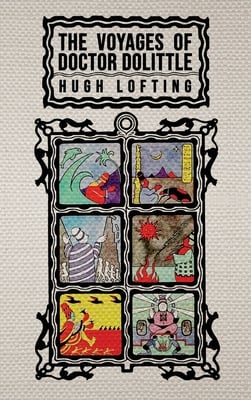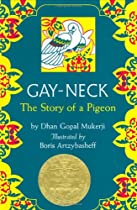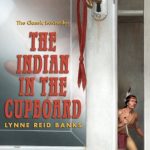The Voyages of Doctor Dolittle by Hugh Lofting (published 1922) continues the story of the special doctor that talks to animals, John Dolittle, but this time with a different tone and child’s perspective. In this volume, the doctor travels across the ocean to the coast of Brazil to find his naturalist friend on his floating island. As in the first book, his communication with animals is key to most of his success, but as with the first book, straight out racism and “white Saviorism” make it an offensive offering for middle-grade readers today.
While the first book in the series (The Story of Doctor Dolittle, reviewed recently) gave an overview “story” feel to the history of the character and his (racist) adventures, this second book takes a first-person perspective of a young boy, Tommy Stubbins. The entire book’s tone has a bit of a more mature and engaging writing style than the first book, which was superficial and felt more like a storytime story. Tommy’s perspective makes the book a little bit more relatable than the first.
That’s not to say that The Voyages of Doctor Dolittle is worth reading and relating to! After a few chapters detailing how the impoverished Tommy was signed on as an apprentice to Doctor Dolittle, the sea adventure begins. Along with the Doctor comes Tommy and Bumpo, the African prince who had, in the first book, begged the Doctor to give him a cure to make his skin white, albeit temporarily. Doctor Dolittle hopes to learn shellfish language to learn more about those sea creatures, and he hopes to find his South American naturalist friend Long Arrow, an “Indian” who is a skilled naturalist, specializing in plants. These goals take them to Spider Monkey Island, the floating island where Long Arrow lives.
As indicated by the fact that “Long Arrow” is named as an Indian, the book refers to the Spider Monkey civilization with racist terms. Even more than the language is the recurring plot: Doctor Dolittle is the hero time and again for the unique island community. He successfully fights off the neighboring tribe on the island, then unites the people together by teaching them about fire. He stops the island’s floating toward Antarctica by conversing with whales who can push it North again. And, when the people clamor for him to be their leader, Doctor Dolittle takes on the king-ship of the island. Tommy and Bumpo must trick him into leaving the island so they can return to England. Oh, and they travel home via the inside of a giant snail’s shell. Sigh. It felt tedious at part.
In short, The Voyages of Doctor Dolittle shows a slight improvement over the original in terms of its racism, but is there really such a thing as “less racism” being okay in a children’s book? With a problematic plot and inappropriate assumptions and stereotypes, The Voyages of Doctor Dolittle, winner of the 1923 Newbery Medal, is not an okay read today. It’s time to retire this “classic.” Can we take away the Medal after 100 years?
I rate The Voyages of Doctor Dolittle, Newbery Medal winner from 1922, as “blah/yuck” and say “don’t bother.”
Newbery rating scale: FANTASTIC | REALLY GOOD | PRETTY GOOD | OKAY | BLAH/YUCK
What to do with this Newbery: KEEP IT AND READ IT | MAYBE IF YOU HAVE TIME | DON’T BOTHER





